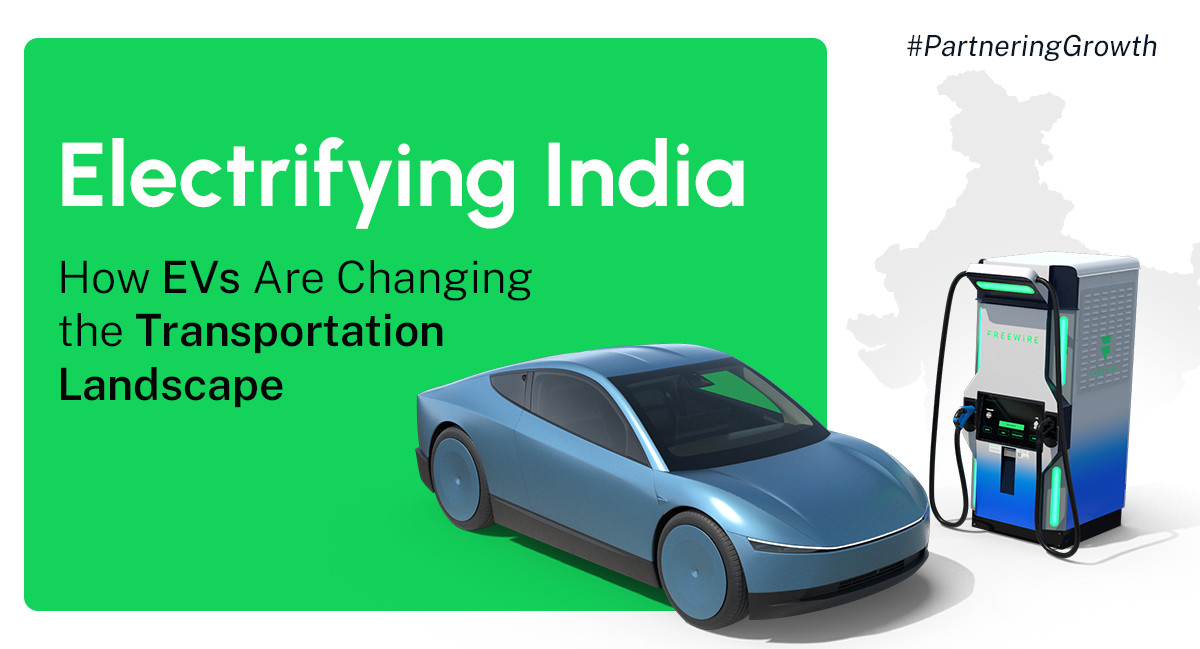


Every few decades, transportation undergoes a shift that redefines how people move. For India, the rise of electric vehicles (EVs) is shaping up to be one of those turning points. While still early in the journey, EVs are steadily moving from being a niche curiosity to becoming a mainstream alternative on Indian roads. In June 2025 alone, India sold over 180,000 EVs, marking a 28.6% year-on-year growth. By August 2025, India continued this trajectory with total EV sales reaching approximately 108,751 units, a 71% increase YoY for eight months; August alone had 17,298 units sold, India’s best monthly EV sales to date. This reflects how EVs are rapidly moving beyond the experimental phase into everyday mobility across categories.
More than just a new kind of car
At first glance, an EV may seem like just another vehicle with a different engine. But the change it brings goes much deeper. For one, EVs are pushing us to rethink what mobility looks like in India- cleaner, quieter, and less dependent on imported fuel. From auto-rickshaws and scooters to buses and delivery vans, the shift isn’t just limited to private cars; it is spanning across the full spectrum of transport.
Two-wheelers, India’s most common form of transport, saw a sale of over 700,000+ electric two-wheelers from Jan-Jul 2025, up 50%+ year-on-year. In the shared mobility space, electric three-wheelers, the overall penetration was 35.9% for passenger 3W autos and 23.7% of cargo 3W autos in August 2025. underlining their dominance in the shared mobility space.
Why this change matters
Indian cities are among the most polluted in the world. Switching to electric mobility can play a significant role in cutting down emissions, especially in dense urban areas. Beyond the environmental benefits, EVs also open up economic opportunities. Reduced dependence on oil imports, job creation in new technologies, and the growth of supporting industries like battery manufacturing are all part of the larger story.
Everyday life on the move
The changes are already visible. E-commerce companies are piloting electric delivery fleets. Some cities have begun introducing electric buses to reduce urban pollution. Two-wheelers, the most common mode of transport in India, are seeing a wave of electric models that appeal to younger, tech-savvy consumers. For many people, the switch is no longer about “if” but “when.”
The challenges that shape the journey
Of course, transitions on this scale are never simple. EVs still face barriers like higher upfront costs, limited charging options in smaller towns, and concerns around battery life. For many consumers, the lack of confidence in where and how to charge remains a hurdle. But these are not permanent roadblocks but challenges that innovation and policy are steadily working to solve. Even in commercial mobility, the momentum is strong with the sales of electric buses and trucks growing by 122.5% year-on-year in June 2025, highlighting progress despite infrastructure constraints.
Looking ahead
What makes the EV transition exciting is that it touches every aspect of transport in India. For rural areas, it could mean access to affordable, low-maintenance vehicles. For cities, it’s a chance to redesign public transport systems with electric buses and shared mobility solutions. For businesses, it opens opportunities to rethink logistics and reduce operating costs.
EVs are not just another addition to India’s transport options; they represent a reimagining of how mobility can be cleaner, smarter, and more sustainable. The change may not happen overnight, but with each charging station built, each policy push made, and each consumer who makes the switch, India is steadily moving towards a transportation landscape that belongs to the future.